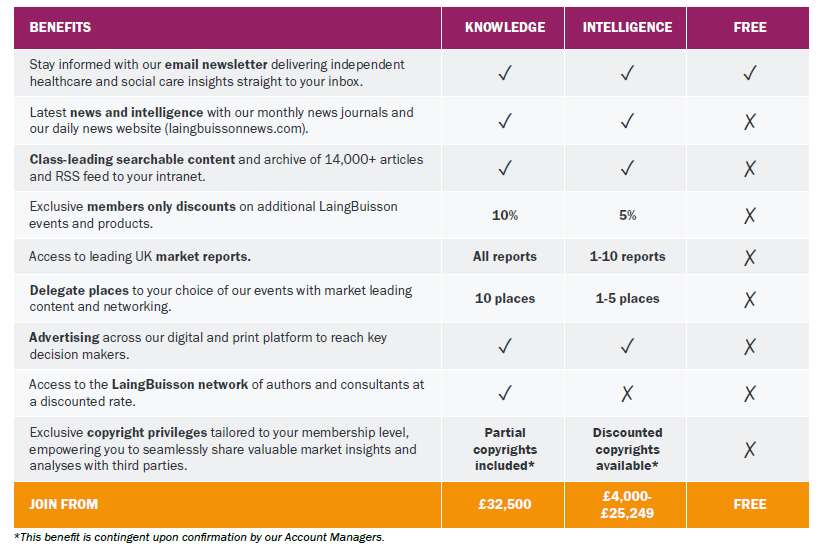Will the private sector continue to grow in the stable market of Children’s Services?
London, November 2022
LaingBuisson has launched the sixth edition of its comprehensive Children’s Services report.
The report focuses on children’s care and special education within the Children’s Services market, including foster care, adoption, children’s residential care, leaving care, and special schools and colleges, but also covering safeguarding and other related services. LaingBuisson estimates that the UK market for social care services for children and young people and special education services was worth £20.56 billion in calendar 2022/23. Of this, social care accounted for £13.93 billion and special education £6.64 billion.
The number of looked after children also continued to grow over the last decade, although 2020/21 saw a marginal volume decline. The impact of background economic conditions and the associated pressure on family situations may suggest that there is likely to be continued volume growth ahead.
Whilst the costs of Covid on businesses more generally is still unwinding, the pandemic did demonstrate the defensibility of sectors backed by statutory public funding providing essential support to vulnerable people. The attractiveness of the sector has meant that investment activity has bounced back.
The statutory underpinning of these services highlights the essential nature of these services and the importance placed on them by society. As a result, services covered in this report are primarily funded by the public sector. Despite the increase in government awareness of the amount of money being spent on Children’s Services, there hasn’t been a way of limiting government spending. Government instability has bought change and reform in the sector to a crawl. With EHC statements on the rise, coupled with supply constraints and an ongoing retirement of suppliers, the independent sector has stepped in where Government supply has been lacking.
Report author, Tim Read, said:
“Using historic government expenditure as a proxy, spending on children and young people’s services and special education has increased rapidly over the last decade, alongside a period of volume growth as demand for these services increased. This growth evidences a sector which has been towards the top of its business cycle, driven by high levels of demand for social care services, and record levels of children and young people with high needs that are being funded.
Whilst there is evidence of concern within government to get a tighter grip on expenditure, particularly within special education, this has limited impact on rising expenditure to date. With a general election on the horizon, it would seem unlikely that the government will actively target cuts in an area that could easily cause a media-driven public backlash given the vulnerability of those involved.”







